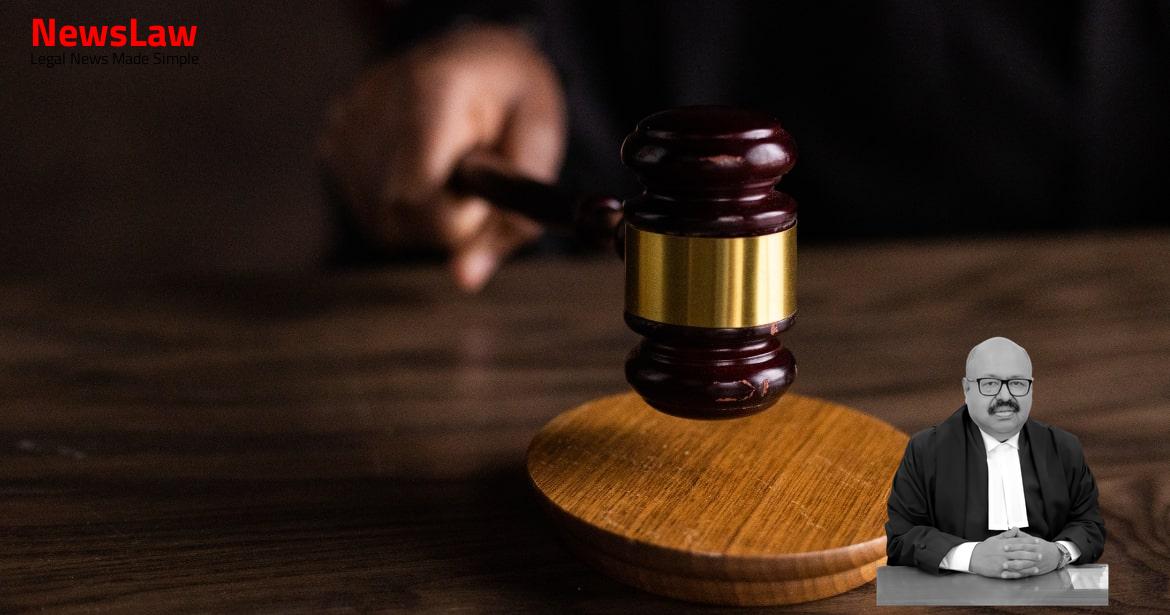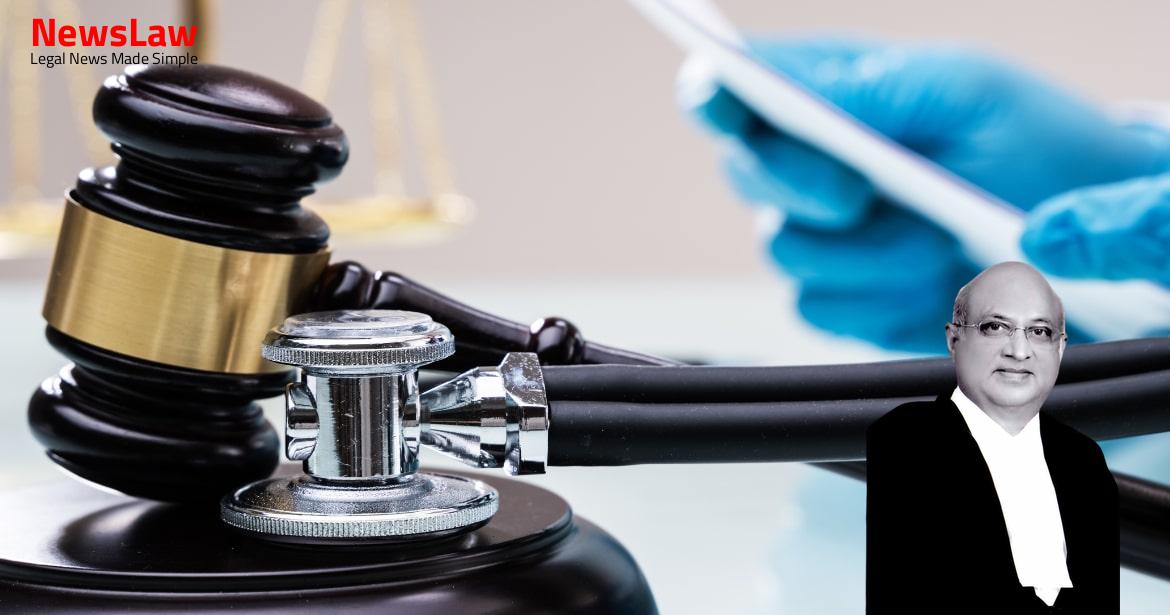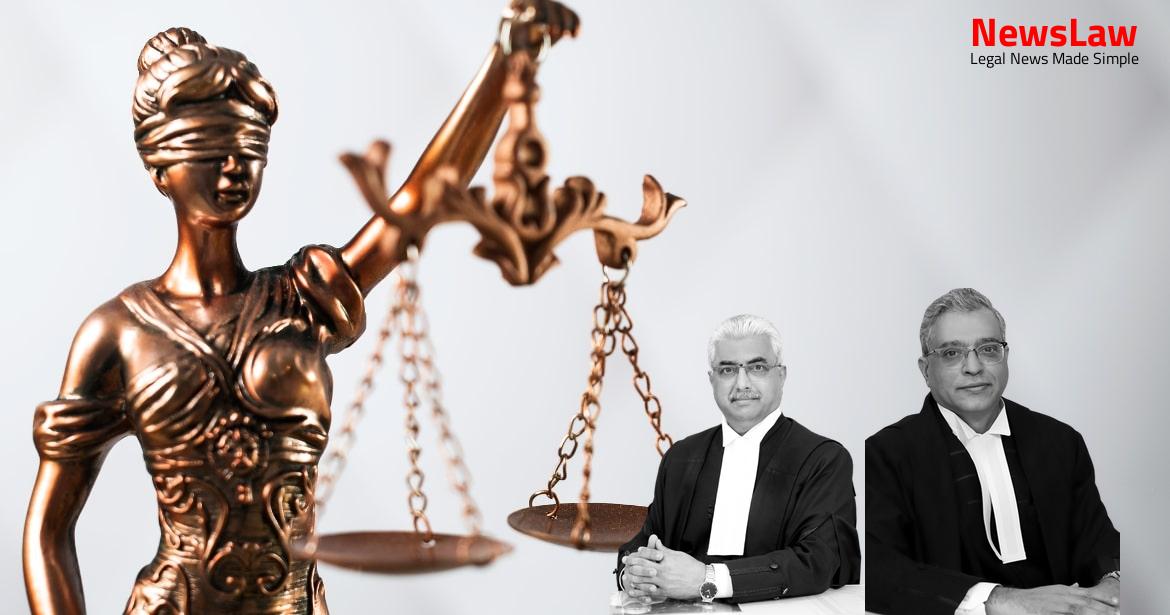Dive into the intricacies of the legal battle between Suresh @ Unni @ Vadi Suresh, the appellant, and The State of Kerala, the respondent, as we dissect the judgment leading to Suresh’s acquittal. Explore the complexities of witness testimonies, evidentiary value, and the burden of proof in criminal cases, shedding light on the nuances of the Indian legal system.
Facts
- The trial court convicted the present Appellant for various offences under IPC and Arms Act, with imprisonment for life along with a fine.
- The present Appellant filed a Criminal Appeal before the High Court challenging the conviction.
- The High Court upheld the trial court’s decision on most charges but set aside the convictions under Explosive Substances Act and Arms Act.
- The High Court reduced the sentence for Section 307 of IPC to 10 years of rigorous imprisonment along with a fine of Rs. 10,000.
- The fine amount for the offence under Section 302 read with Section 149 of IPC was reduced from Rs. 1 lakh to Rs. 10,000.
- Overall, the Criminal Appeal was partly allowed by the High Court in the specified terms.
- Accused persons armed with deadly weapons trespassed into a video shop and attacked the occupants.
- Police constable, on leave, found the injured victim at the scene.
- Post mortem revealed the deceased’s cause of death.
- Case committed to the Court of the learned Additional Sessions Judge.
- Appellant claimed false implication.
- Injured victims taken to Medical Centre for treatment.
- The prosecution case involved a murder due to prior enmity related to drug trade.
- Unlawful assembly attacked the victims with weapons and country-made bombs.
- Accused persons fled the scene in a rented car with fake registration.
- Charges framed for multiple offences against the present Appellant.
- Appellant pleaded not guilty and was tried.
- 43 witnesses and 77 exhibits presented by the prosecution to establish guilt.
- Additional chargesheet filed against the Appellant in 2008.
- Appeal filed by the Appellant against the judgment.
- Deceased intervened and was fatally stabbed by one of the accused.
- Further injuries inflicted on the victims by the accused during the attack.
Also Read: Supreme Court Judgment: Mohd. Ahsan vs. State of Haryana – A Case Analysis
Arguments
- The present Appellant was not known previously to any of the above 4 witnesses
- The Appellant has been identified for the first time in Court by PW-1 and PW-2
- Two eyewitnesses, PW-12 and PW-14, do not mention anything about the role played by the present Appellant
Analysis
- The prosecution failed to prove the case beyond reasonable doubt.
- The witness, PW-2, being an injured eyewitness, has a higher evidentiary value.
- The testimonies of PW-12 and PW-14 do not mention the present Appellant.
- The incident took place in 2006, but the present Appellant was arrested in 2008, raising doubts about the identification.
- The recovery of evidence after a significant period raises questions of credibility.
- Mistaken identity cannot be ruled out.
- No motive was attributed to the present Appellant, only to Accused No.1.
- Conviction based solely on post-incident identification after four and a half years is deemed insufficient.
- The lack of an identification parade and Police showing the accused to witnesses casts doubt on the validity of the identification.
- The recovery of the iron rod with blood stains after over two years seems implausible.
- The prosecution’s reliance on evidence is weakened by inconsistencies and lack of direct association with the present Appellant.
Also Read: Raj School of Nursing and Paramedical College vs. State of Uttar Pradesh
Case Title: SURESH @ UNNI @ VADI SURESH Vs. THE STATE OF KERALA (2024 INSC 350)
Case Number: Crl.A. No.-002332-002332 – 2024



